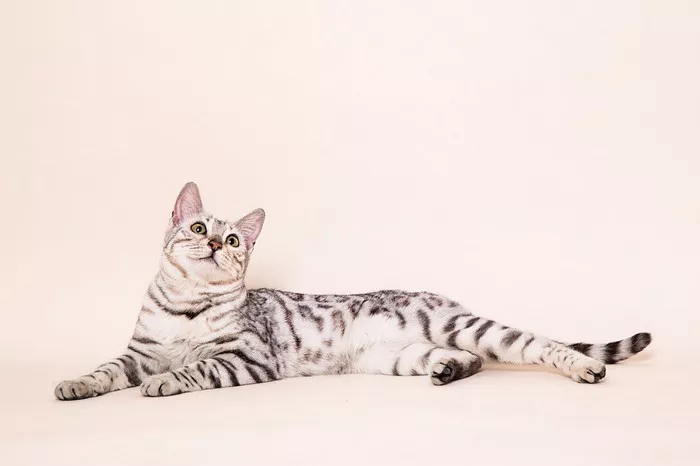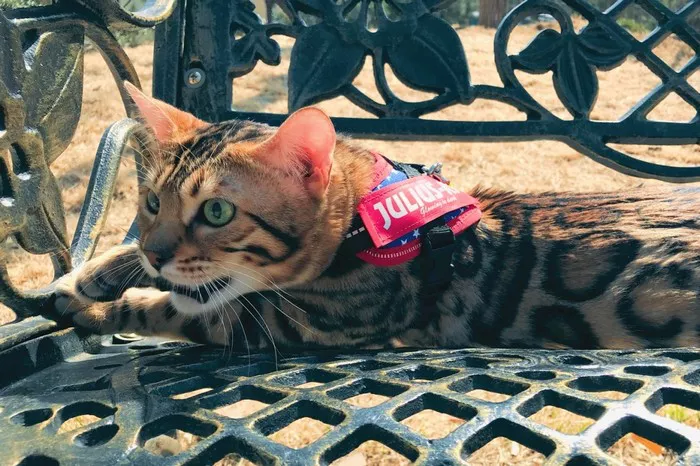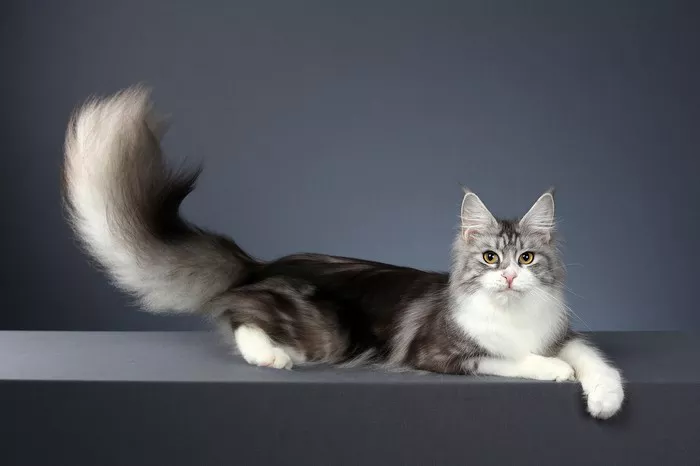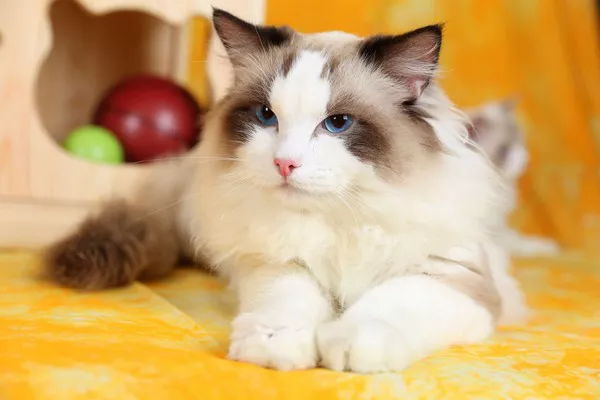White Bengal cats, with their striking appearance and captivating allure, have captured the fascination of cat lovers around the world. Renowned for their beautiful coat, vivid blue eyes, and playful personalities, these majestic felines are prized companions for those seeking the elegance and charm of the Bengal breed. In this comprehensive exploration, we delve into the factors influencing the pricing of white Bengal cats, from their unique genetic traits to their lineage, health, and pedigree.
The Allure of the White Bengal: A Breed Apart
Aesthetic Appeal
White Bengal cats, characterized by their dazzling white coat and mesmerizing blue eyes, stand out as a rare and coveted variant of the Bengal breed. Originating from the breeding of Bengal cats with white domestic cats or Siamese cats carrying the white gene, these stunning felines exude an air of elegance and sophistication that captivates admirers.
Distinctive Traits
In addition to their striking appearance, white Bengal cats inherit many of the distinctive traits and characteristics of their Bengal ancestors. Known for their playful and energetic nature, intelligence, and affectionate disposition, these cats make delightful companions for individuals and families alike.
Understanding Pricing: Factors at Play
Genetic Rarity
One of the primary factors influencing the pricing of white Bengal cats is their genetic rarity. As a result of the specific breeding required to produce white coat coloration in Bengal cats, white Bengals are relatively uncommon compared to their more traditional counterparts. This rarity contributes to their higher market value and makes them sought-after additions to breeding programs and pet households alike.
Lineage and Pedigree
The lineage and pedigree of a white Bengal cat also play a significant role in determining its price. Cats with well-documented pedigrees tracing back to reputable breeders and championship bloodlines are often valued more highly due to their genetic quality and potential for producing offspring with desirable traits. Additionally, cats with show-quality attributes, such as perfect coat markings and conformation to breed standards, may command higher prices in the marketplace.
Health and Medical History
The health and medical history of a white Bengal cat are critical considerations for both breeders and prospective owners. Cats with documented health clearances, vaccinations, and regular veterinary care may be priced higher due to the assurance of their overall well-being and longevity. Conversely, cats with underlying health issues or genetic predispositions to certain conditions may be priced lower to reflect the potential costs of ongoing care and treatment.
Navigating Price Ranges: From Budget-Friendly to Premium
Entry-Level Pricing
For those seeking a budget-friendly option, entry-level pricing for white Bengal cats may start at several hundred dollars, depending on factors such as location, breeder reputation, and available supply. Cats in this price range may lack pedigree documentation or show-quality attributes but still make loving companions for pet households.
Mid-Range Pricing
Mid-range pricing for white Bengal cats typically falls within the range of $1,000 to $2,000, reflecting a balance between affordability and quality. Cats in this price range may possess documented pedigrees, health clearances, and desirable traits suitable for breeding or show purposes.
Premium Pricing
At the higher end of the pricing spectrum, premium white Bengal cats may command prices upwards of $2,000 or more. Cats in this price range are likely to come from champion bloodlines, possess exceptional pedigree documentation, and exhibit show-quality attributes prized by breed enthusiasts and connoisseurs.
Ensuring Ethical Practices: Tips for Responsible Adoption
Research and Due Diligence
Before acquiring a white Bengal cat, it is essential to conduct thorough research and due diligence to ensure that you are working with reputable breeders who adhere to ethical breeding practices. Look for breeders who prioritize the health and well-being of their cats, provide proper care and socialization, and are transparent about their breeding methods and lineage.
Ask Questions
Don’t hesitate to ask questions and request documentation regarding the cat’s pedigree, health history, and any genetic testing or screenings that have been performed. A responsible breeder should be forthcoming with information and willing to address any concerns or inquiries you may have about the cat’s background and care.
Visit the Facility
Whenever possible, arrange to visit the breeder’s facility in person to meet the cats, assess their living conditions, and ensure that they are being raised in a clean, healthy, and nurturing environment. Observing the cats’ behavior and interactions with the breeder can provide valuable insights into their temperament and socialization.
Conclusion: The Price of Prestige
In conclusion, the pricing of white Bengal cats reflects a combination of factors, including genetic rarity, lineage and pedigree, health and medical history, and market demand. While white Bengals may command higher prices compared to other cat breeds or color variations, their unique beauty, distinctive traits, and playful personalities make them cherished companions for those who appreciate their elegance and charm. By exercising due diligence, conducting research, and working with reputable breeders, prospective owners can ensure a rewarding and ethical adoption experience that brings joy and companionship for years to come.
























